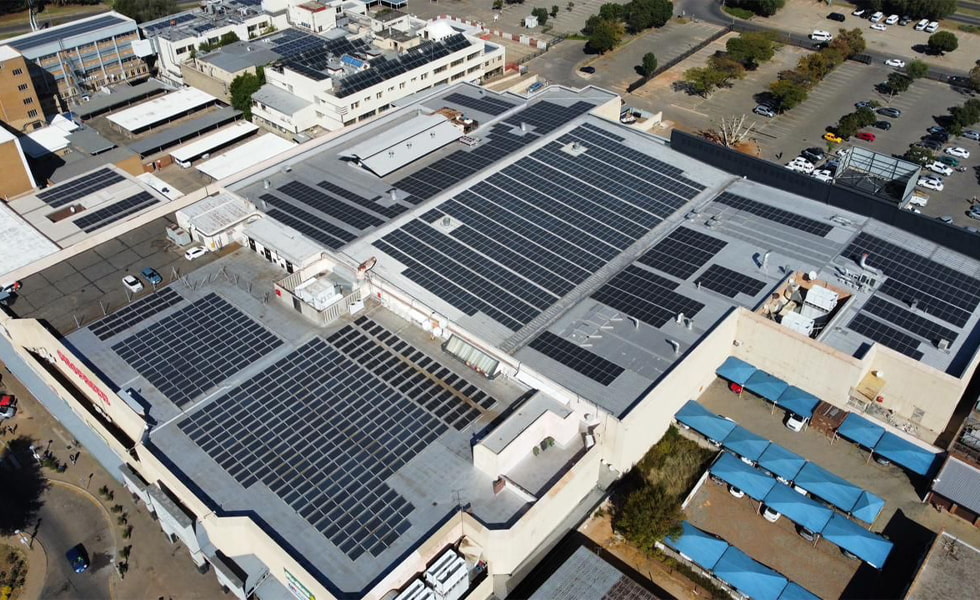
A photovoltaic system equipped with storage is and increasingly affordable investment, above all necessary to play an active role in the energy community revolution.
Installing a PV system means a lot in terms of environmental sustainability and protection, since it uses renewable energy to produce electricity. When approaching the world of sustainable energy, a question arises: which kind of system do we choose?
This is not an easy answer, since each household has different features and different needs, however the most probable answer is: a PV system with battery storage.
Let’s see what this is about and let’s discover the advantages of this kind of solar panel system.
PV system: general advantages
The first general advantage resulting from the installation of solar panels is the cost reduction in electricity bill through self-consumption. This allows to reduce the consumption of electricity taken from the grid, avoiding taxes and transport costs of electricity included in the bill. Bills reduction is the immediate advantage.
PV system clearly involves a rather consistent installing investment, despite the solar panels market has experienced a cost reduction in the last few years. A 3Kw system, suitable for a family composed of 2 or 3 people, can cost 5.000 to 8.000 euros. Calculating how much you will save, the payback time will be 5 to 8 years, depending on the real solar irradiation where the panels are installed.
This process improves with energy storage fitted systems.
How does a PV system with storage work?
During the day your system will produce as much energy as the house needs or even more. With a traditional system the surplus electricity can be exported to the grid and paid back on the electricity bill.
In case of a storage equipped system this surplus is stored in accumulators. With an accumulator it will be possible to use the electricity produced during daylight hours when the system can’t produce clean energy, such as during the night or on cloudy days. By implementing this solution you can drastically reduce – up to 50% (depending on the size of the accumulator) – the electricity taken from the grid and reducing the cost of electricity bill as a result.
Battery storage systems are essential for those off-grid houses, which are not connected to the electrical grid, such as mountain lodges or buildings which are completely sustained by renewable sources because of the owner’s choices. Storage systems are particularly recommended for those families who installed solar panels spending most of the time outside during the day, using much more energy when it gets dark. Generally speaking they are always convenient when it is not possible to immediately use the produced solar energy.
Para verificar se é realmente cómodo basta ler o contador: se a energia exportada para a rede for superior ou igual à energia utilizada, certamente é cómodo armazená-la e utilizá-la posteriormente.
Quais são as baterias existentes para sistemas de painéis solares?
Ao falar de sistemas fotovoltaicos, os tipos de baterias mais comumente usados são as baterias de chumbo-ácido ou as baterias de íon-lítio . Os primeiros são mais baratos, mas são muito grandes e a sua vida útil esperada é de 2 a 5 anos, em média. Estes últimos são mais caros, mas garantem maior fiabilidade, têm uma vida útil esperada mais longa (de 10 a 12 anos) e estão a tornar-se uma referência neste setor.
Existem outros tipos de baterias que se classificam na parte intermediária em uma escala de eficiência e custo. As baterias de níquel-cádmio armazenam energia em baixa temperatura, mas possuem baixa densidade de energia, portanto não guardam muita energia em relação ao seu peso. Baterias de níquel-hidreto metálico, possuem maior capacidade de armazenamento em relação às anteriores, maior vida útil e baixos custos de manutenção.
Quanto custa um sistema de armazenamento de bateria solar ?
A diferença real de custo no investimento fotovoltaico diz respeito ao acumulador, que se soma ao custo do sistema tradicional.
Os preços do acumulador de energia solar podem variar dependendo da capacidade de armazenamento e do tipo de bateria. É interessante notar que os preços estão a cair drasticamente, graças ao interesse demonstrado pelo sector da mobilidade no desenvolvimento energético sustentável.
As baterias de chumbo-ácido custam entre 2.500 e 4.000 euros, as baterias de níquel entre 3.000 e 5.000 euros e as baterias de iões de lítio entre 4.000 e 6.000 euros.
O custo total é superior ao custo de um sistema tradicional, mas a amortização pode ser semelhante ou até inferior, quando as pessoas fazem escolhas ponderadas sobre o seu consumo de energia e quando adotam todas as medidas necessárias para maximizar os rendimentos do sistema.
